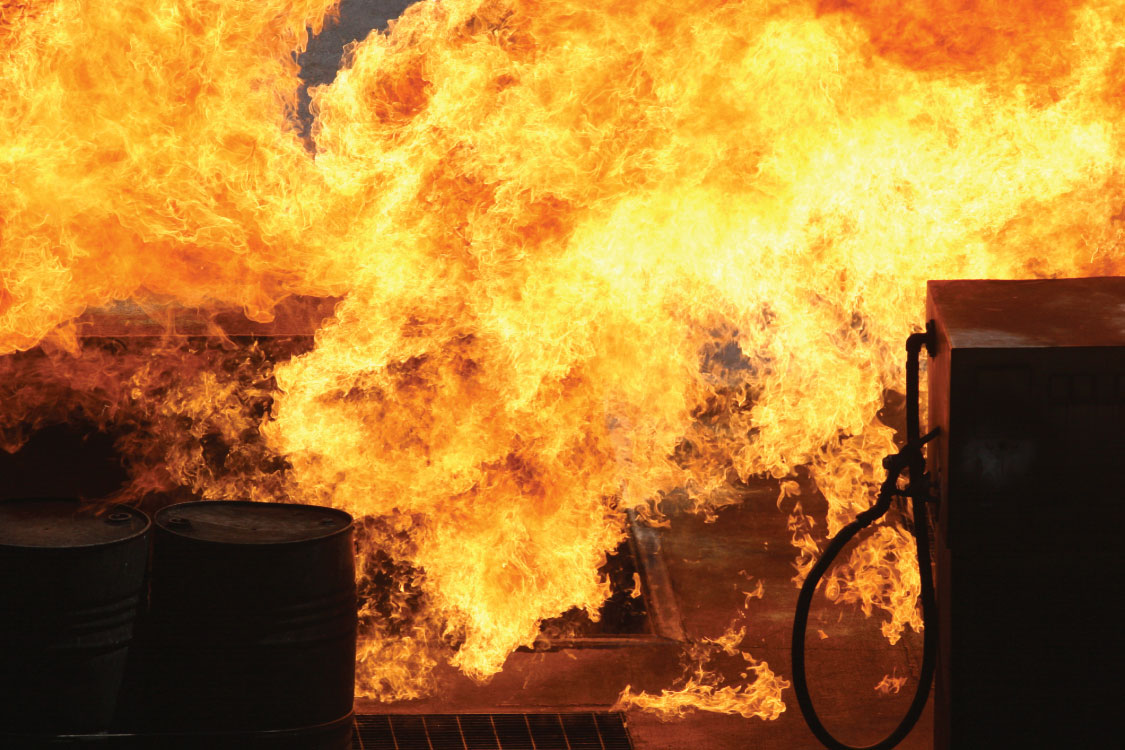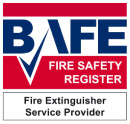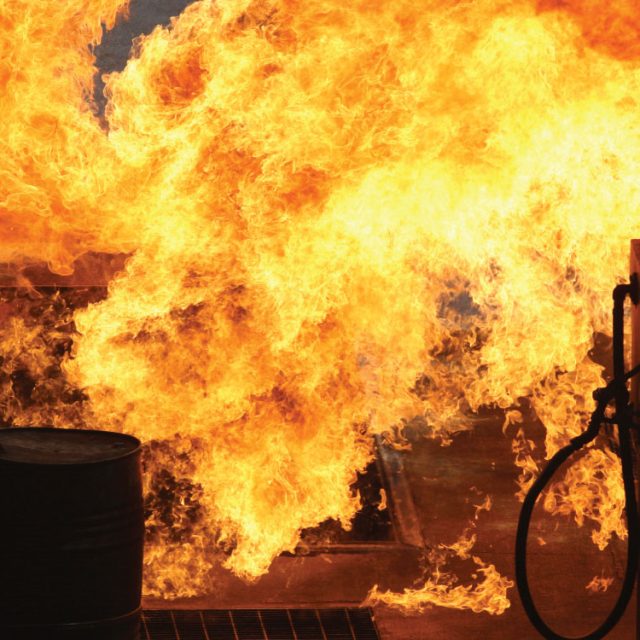26 March 2021
How to Identify and Extinguish Class B Fires
Knowing how to identify different types of fire can play a crucial role in combating them safely, whether that’s tackling one yourself or informing the fire brigade as to the type of fire you need them to assist with. With so many types of fire and the specific extinguishers required to combat them, it’s important that you equip yourself with the knowledge that could literally save lives. In this article, the Fire and Security Group team will explain how to identify and extinguish Class B fires.

What is a Class B fire?
Class B fires are fires involving flammable liquids like paint and petrol. Fires involving liquids can spread very quickly, and using the wrong type of extinguisher for a Class B fire can drastically worsen the situation.
How do I Identify a Class B fire?
If you see liquid on fire, then you’re either looking at a Class B or a Class F fire. Class F fires are fires involving cooking fats and oils, so a fire in a saucepan is more likely to be a Class F fire. If it’s paint, petrol, wax or melted plastic that is burning, it’s a Class B fire and you need to act accordingly. The most significant danger of Class B fire is that they can be extremely hard to control if action is not taken straight away – the liquid can spread rapidly, taking the fire with it.
What Fire Extinguisher do I need for a Class B fire?
To combat a Class B fire, you need to use a foam, dry powder or carbon dioxide fire extinguisher. It is absolutely essential that you do not use a water extinguisher for Class B fires – the water will simply help the liquid spread, worsening the situation exponentially.
- Dry powder extinguishers cut off the chemical reaction taking place in the fire and rob it of its oxygen supply.
- Foam extinguishers suffocate the fire by forming a blanket of sorts over the top of it.
- Carbon dioxide extinguishers displace the oxygen in the fire and also reduce the temperature.
It’s important that you take steps to prevent Class B fires from occurring in the first place. You should store all flammable liquids in sealed containers when not in use – The Dangerous Substances and Explosive Atmospheres Regulations (2002) states that these containers should be stored in “suitable cabinets or bins of fire-resisting construction that are designed to contain spills”. The most effective way to minimise fire risks in your commercial premises is arrange for a fire risk assessment from the experts at Fire and Security Group – a meticulous inspection of your property will allow us to identify and rectify fire hazards properly.
Liquid-based fires require immediate action. You should not attempt to extinguish one yourself unless you have the right extinguisher and you are absolutely sure you can do so safely. If there is any doubt, evacuate everyone from the building and call the fire brigade.
For more information about our fire extinguishers, fire risk assessments or fire safety training services, simply contact us today and we’ll be happy to help.

